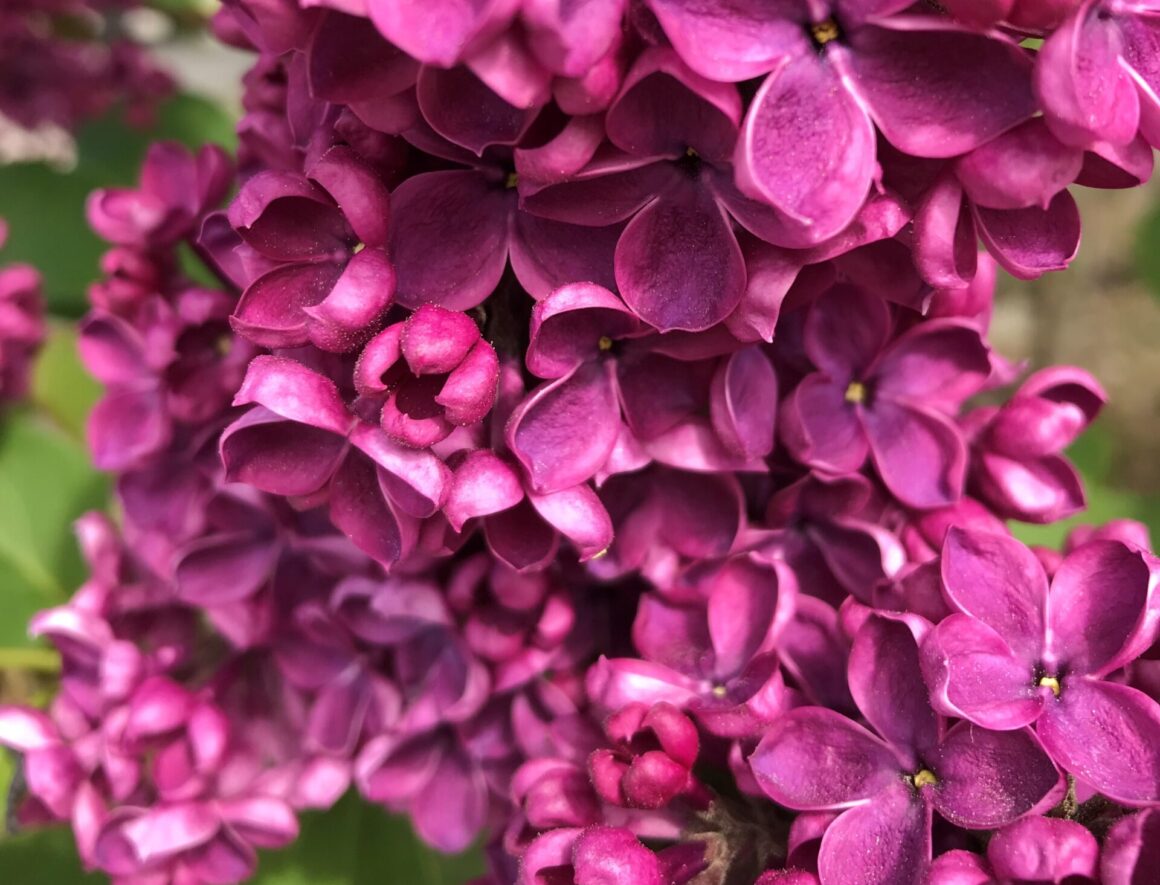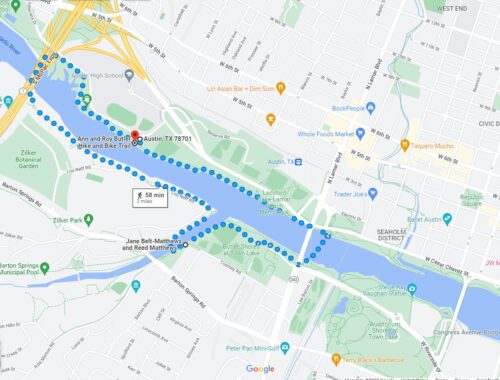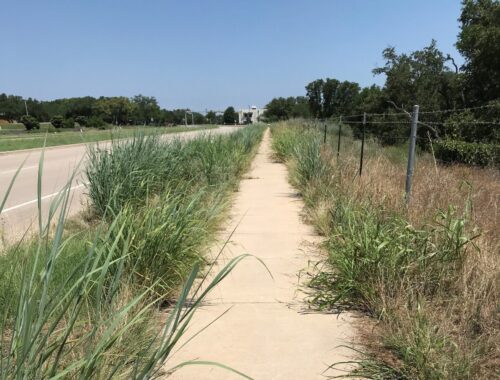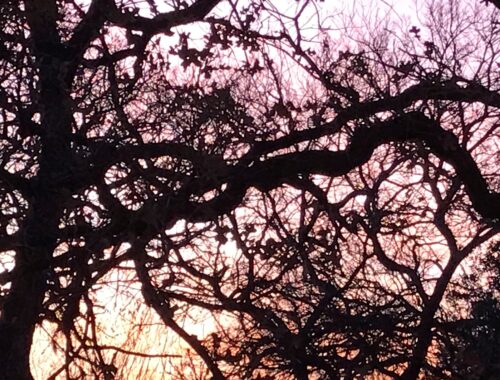
Pilgrimage: Tracing Skagway
On Wednesday morning, June 7, I began the third installment of my Pilgrimage walking art series, Pilgrimage: Tracing Skagway. Starting at the north end of Skagway, Alaska—my childhood home and a town built on a river delta with streets arranged in a grid—I walked each north/south street’s entire length. As I covered the approximate 14,682 steps along all of Alaska, Main, State, Broadway, and Spring Streets, I traced childhood and adolescent memories of the built and lived environments along those streets, even as I layered onto my mind maps the current constructions and my somatic experience of them. Yesterday—warmed enough by the bright sun, gentle breeze (which, predictably, kicked up into a much stronger wind as the afternoon progressed), and my brisk pace to peel down to a tee shirt and bare arms—I walked the 22 west/east avenues for another 17,409 steps.
Looking up and around at the mountains; listening to the wind in the cottonwood leaves and the river charging past town; cupping the lilac blooms in my hands and smelling their dusty scent; feeling the grit of the gravel and sand under my steps—these are the points of orientation for me. The town itself—the buildings—require a lot more consideration and imagination: They’re in place of formerly vacant lots (the police and fire station across the street from what was my family’s home in what was the shallow field that every winter became our organic skating rink); they’re torn down altogether (the school where I attended first through twelfth grades and the abandoned Catholic mission); they’re repainted, renovated, refurbished (many); they’ve continued moldering for 41 more years (some). In one significant case, they’re on an entirely different scale from the one they occupied in my memory: The (still) warm, quiet library, which I remembered as expansive, luxurious, containing the whole world and all its possibilities.
It’s been a gift to be reconnecting with people I knew here, classmates and their parents and other community members, all of whom have been abundantly kind and generous. (It takes an energetic first leap, with a bit of breath holding, to call the parents by their first names and not “Mr.” and “Mrs.”!) It is disorienting, as people reference where they and others live—“Where we always have,” or “In so-and-so’s old house”—to not be able to locate an image of a home or location from what is so anchored and persistent to them. Yes, I’ve been away for 41 years, but in the decade I lived here when I was growing up, I spent hardly any time in other people’s houses—my hours at school and work, my responsibilities at home, my parents’ proclivities and projects (including our own house building) occupied me otherwise—and conversations now offer me clues to the social encoding of that time.




